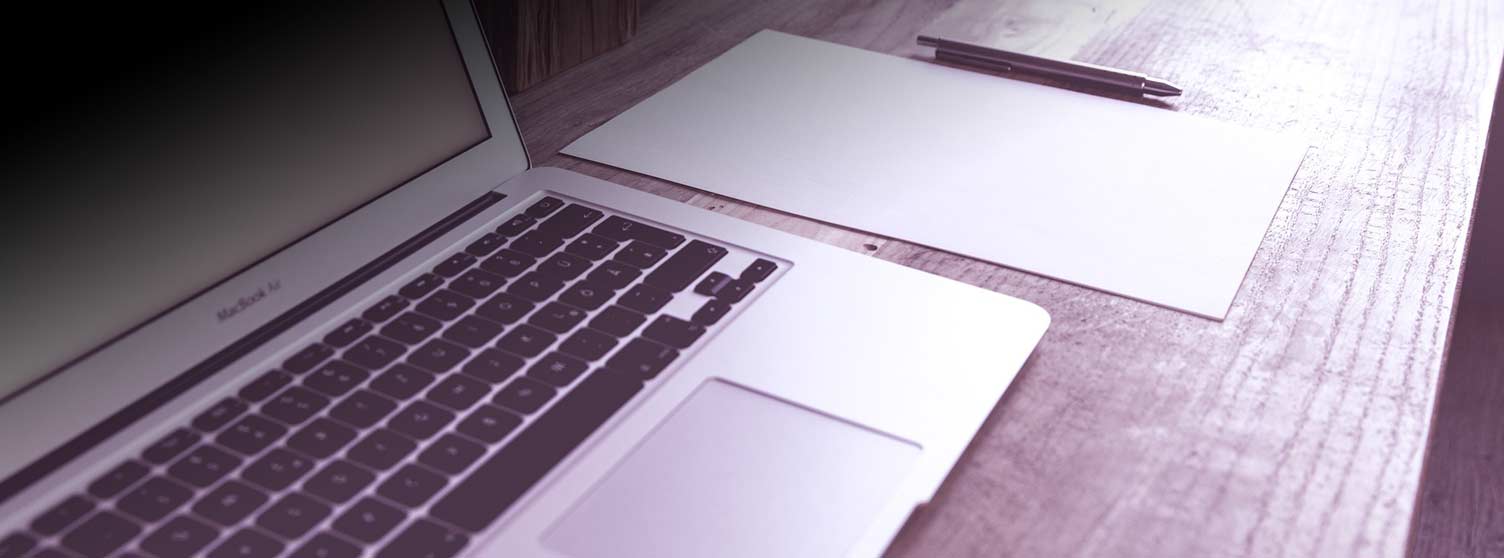We trust that, when we buckle up in a car, it’s about keeping safer in case of an accident. When the safety systems – especially seat belts – work properly, we avoid what too often become devastating injuries. But these types of injuries do occur. If you have been in such an accident yourself, or are taking care of a loved one who was injured this way, Bill Coats can help. Support may be available for your considerable losses. He has experience representing accident victims who have faced devastating injury, or even death of a loved one.
What is an Occupant Ejection Accident?
High-speed collisions or rollovers can cause these types of accidents. A partial ejection happens when a portion of a driver or passenger’s body is thrown from the vehicle. A complete ejection means the person is thrown entirely from the vehicle. As you might imagine or unfortunately have experienced, the consequences for this kind of trauma are catastrophic. Windshields, roadways, other vehicles, all can have deadly consequences upon impact.
No one wants to be in such an accident. Some crashes are so violent, however, that it’s impossible to stay in the vehicle. There are some things to do to help prevent ejections, and please make a habit of the following behaviors every time you get into anything on wheels.
- Wear your seatbelt at all times. The safer place in a crash is to remain secured in your seat. Also, make sure you are wearing the seatbelt correctly. Belts are engineered to be snug against your lap and your chest to protect you. If it is not fitting your body that way, it may not be able to protect you when you most need it.
- Vehicles that do not have doors leave you with little protection from impact in case of a collision. Avoid riding in vehicles that lack doors. This includes off-road vehicles like Jeeps, which are especially unsafe designs, considering the kinds of rough territory they are intended to travel.
- Think about the center of gravity in your vehicle. Wide, low vehicles are safer choices. SUVs and pickup trucks are involved in a large percentage of rollovers. Rollovers tend to create more ejections.
- Avoid replacing your airbags with cheap, after-market products. Dealership-approved airbags should be the only ones you and your loved ones should have in front of you.
- Keep up on your vehicle’s maintenance. Check your brakes, tires, and steering columns. Defects in these parts can cause you to lose control of your vehicle.
- Do not speed, nor drink or drive. Put away your cell phone and electronic devices while you drive. In general, the safer your driving habits, the safer your ride.
While you may not be able to prevent serious injury in a crash, practicing habits that keep you in the car, buckled up, make it much less likely that you’ll face fatal or long term disability from injuries sustained from being ejected during a crash.
Determining Liability
Lots of questions arise after a serious auto accident, and an ejection just makes that more so. It’s important to research if the seatbelts and airbags worked properly, and whether or not the ejected person was wearing a seatbelt in the first place. But if the victim was wearing a seatbelt and the devices didn’t work as they are designed, it may be possible to file a claim to compensate for such heavy losses and devastating injury. These claims can be filed against the auto maker or manufacturer of that specific defective product.
Liability can also be directed to the at-fault driver. The victims who receive medical expenses, lost wages, pain and suffering, and other damages don’t have to suffer even more from someone else’s mistake or negligence.
For a free case evaluation, don’t hesitate to call Bill Coats.


